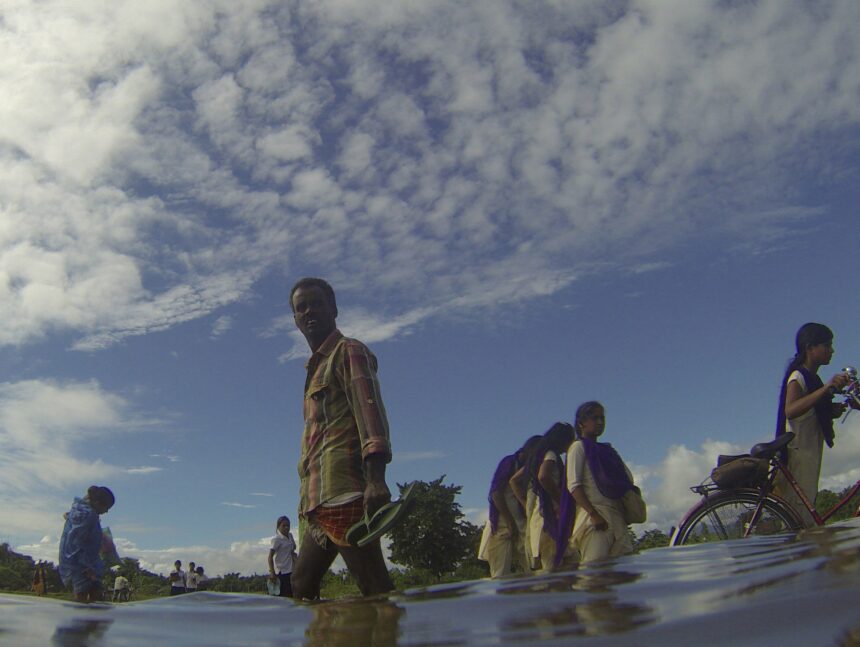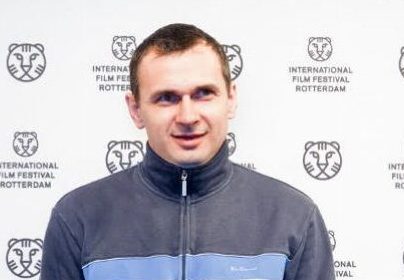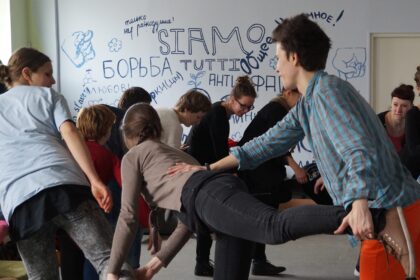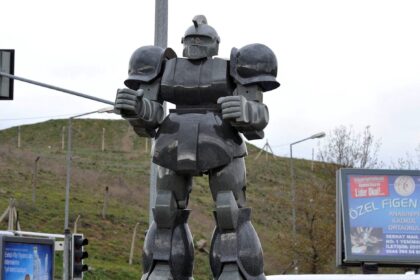Assam as a field: Making space in a bipolar world
Mriganka Madhukaillya
In his essay “Life as a Field Trip,” Yi-Fu Tuan emphasized the importance of experience in engaging with the world: “as soon as we are awake, we are in the field (world), experiencing. Experience is a key word in the humanist geographer’s lexicon. What is it? Simply put, it is how an animal, especially a human animal, apprehends reality through all its senses and mind.”[1] His essay reaffirmed my belief in understanding geography as being more important than history in processing experiences.
In 2004, when I returned to Assam after 6 years living in other regions of India, I encountered protests and civil movement against AFSPA (Armed Force Special Power Act), which empowered non-commissioned officers to search without warrant, arrest without warrant and even shoot to death any civilians. The measure had been implemented by the security forces of the Indian government to counter insurgency in the Northeast India region. This was a continuation of my experiences in the 80s around the witch hunting of United Liberated Front of Assam members, who were demanding the autonomy of Assam. Landing in this context of everlasting public violence led me to investigate the conception behind the construct of Assam.
Around that time, I encountered the word “field” while reading an ethnographic account from 1933 by British administrator J.P. Mills entitled “Assam as a field for research.”[2] In his report, Mills argues that the history of Assam goes back to dimly remembered times when kings reigned the land and Rome was but a small Latin region fighting for its existence against powerful rival states. Assam was once the biggest landmass in Asia, populated by vastly nomadic populations from various races, often described by British colonists as wild, dangerous and ethnically unidentifiable. The word “field” I interpreted from my Assamese understanding of the concept of xhetra, meaning the zone from where one derives experiences and meanings.
The absence of reference of Assam or the Northeast frontier in the grand narrative of Indian history is due to its autonomy, fluidity and unstable geography (various natural calamities and the unstable course of flow of the river Brahmaputra). The interest for imperialists in the geography of Assam came from their exploitation of natural resources such as coal.
Geographically isolated from the rest of India, with 99% of its borders with other countries, and economically neglected, Northeast India, including Assam, has a complex history, culture and ethnography. This involves dozens of indigenous groups, many of whom extend across national and state borders, and who have, over centuries, migrated into the region from China, South East Asia and from other parts of India. Given its diversity, the region has, not surprisingly, experienced multiple insurgency and counter insurgency movements since the independence of India. In an area in which prolonged conflict and a condition of sustained violence and armed struggles occur, socio-cultural space is drastically transformed. Markers of identity and self, which traditionally manifest themselves in cultural forms, are often discarded and begin to predominantly manifest in the space of politics.
From my position, I could intervene and propose a space of flow and experience. In 2007, Desire Machine Collective started the project Periferry on MV Chandradinga, an abandoned ferry docked along the river Brahmaputra. This is a transnational river that begins in Tibet, where it is known as the Tsangpo, before flowing through India and on to Bangladesh where it is known as the Jamuna, finally flowing into the Bay of Bengal. Prior to the development of land transport this river with three names was the only viable method of transportation in the region.
As with many other waterways throughout the world, the Brahmaputra was historically an enormously important trading and communications route with economic and trade links with the UK, a legacy of British colonial interests.
Water transport and trade got a huge impetus during the Colonial times and the first steam ship was introduced between Assam and Calcutta by a British-owned river transport company, viz., the Indian General Navigation and Railway company Ltd. The river served as a carrier of tea and jute to Calcutta, which were important exports of the county.
With the end of the British rule, water transport too declined and with it the infrastructure that was developed around it, like the boats, ships, docks and ports. This has now largely been superseded by improved road transport, and the remnants of a former river economy are left idling—in Guwahati, some 40 or so Assam Government owned ferries and other vessels are moored on the river bank, now mostly disused. In a state of disuse these ships also become liminal and inter-terrestrial spaces. Such was the case of the MV Chandradinga, which we used between 2007-2013 as the main site for a coherent art program called Periferry. This project also included spontaneous interventions through which we questioned primarily the means of creating public space and drawing connections in a landlocked region. Thus, the ferry became a civic space in which various groups of people, local as well as international, could meet and exchange: artists, activists, writers, theatre groups, and communities around the river banks. We were able to witness, reflect and react together to the constant violence produced to the field of Assam by the “post-colonial state,” following the one inflicted by British imperialists. Still after seven decades of independence the field of Assam remains the wasteland of India.
Eventually in 2013, financial support to Periferry was denied by the Ministry of External Affairs, which lead to its conceptual suicide. The project was located on a river and 168 dams were being planned to be built on River Subansiri, an affluent of Brahmaputra. My friend Keshav Satradhar, a river activist from Gogamukh, Assam wrote that, “a river is not just a stream; they are more like arteries of the mother earth. Just as the human arteries facilitate blood circulation and keep us alive, so are the rivers—they sustain life in this planet. Just as irregular blood circulation can cause death, tampering with the free flow of the rivers invites disasters. Civilizations cannot be imagined without rivers just as life cannot be imagined without water.”[3]
The main argument of this brief essay was to connect my practice to geography and its transformation and control. The mere impossibility of locating the field with absolute logic is due to various bipolar conditions like its geographical and historical specificity between South and Southeast Asia. The sudden drawing of borders in 1947 made it difficult to point out its distinct description in terms of identity. Saying that, I still trust that this schizophrenic point of view helped me to look at the world in a non-linear, productive light.
Mriganka Madhukaillya co-founded Desire Machine Collective in 2004 with Sonal Jain. His work has been shown at in a number of group exhibitions including, Everyone Agrees: It’s About to Explode at the 54th International Art Exhibition of the Venice Biennale, India Pavilion, Venice (2011); Indian Highway IV, MAC Musée d’Art Contemporain de Lyon and Indian Highway V, MAXXI Museo Nazionale delle Arti del XXI Secolo, Rome (2011); Deutsche Guggenheim Museum, Berlin (2010); Solomon Guggenheim Museum New York (2012), Intense Proximity, the 3rd edition of the La Triennale at the Palais de Tokyo in Paris, curated by Okwui Enwezor (2012) and Experimenta India: London Indian Film Festival at the Tate Modern London (2012). Since 2005 he has worked in the Design Department at the Indian Institute of Technology, Guwahati, India.
Notes:
[1] Tuan is a Chinese-American geographer and a key figure of humanistic geography. See Yi-Fu Tuan, “Life as a Field Trip.” Geographical Review Vol. 91, No. 1/2 (2001): 41-45.
[2] J.P Mills, “Assam as a field for Research,” The Journal of the Assam Research Society, Vol. 1, No. 1 (1933): 4.
[3] Keshav Satradhar, Big Dam in Subansiri: From Gold Valley to Death Valley, Guwahati, 20xx.










